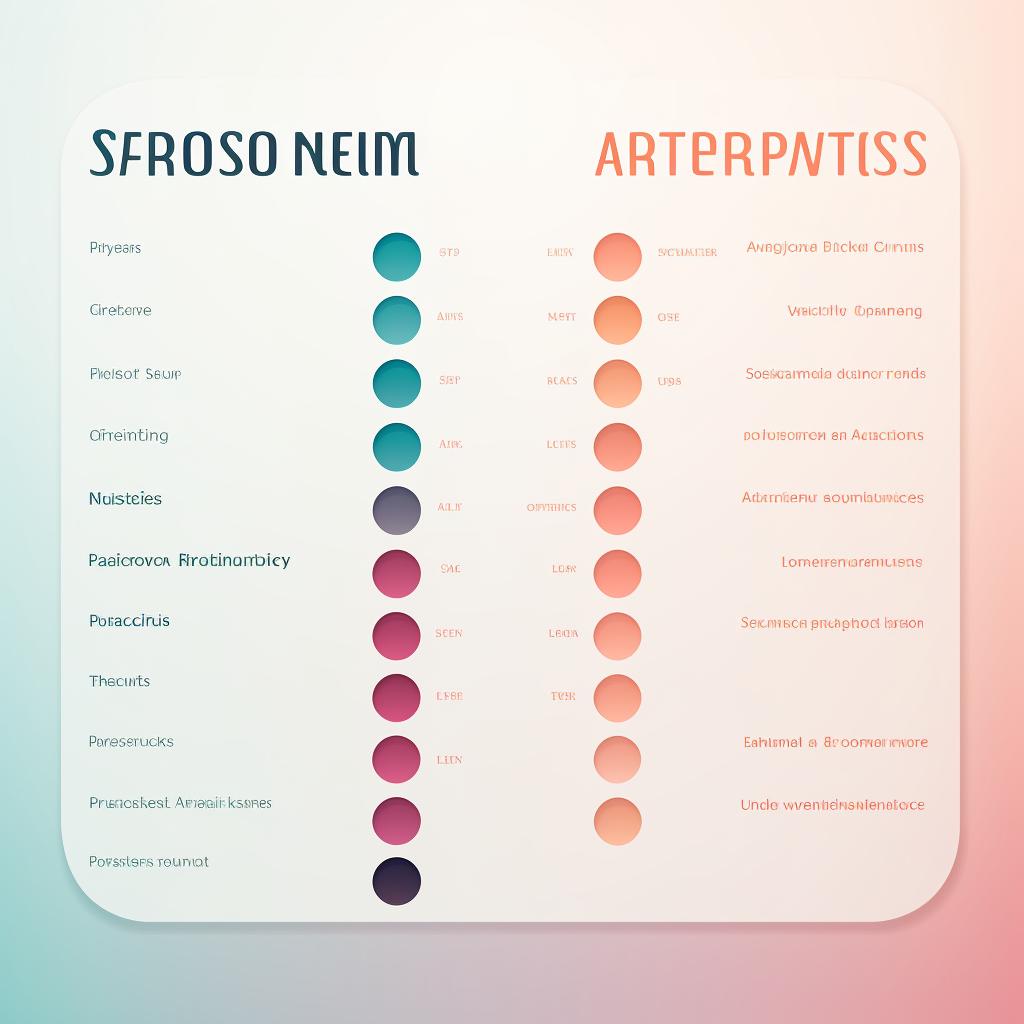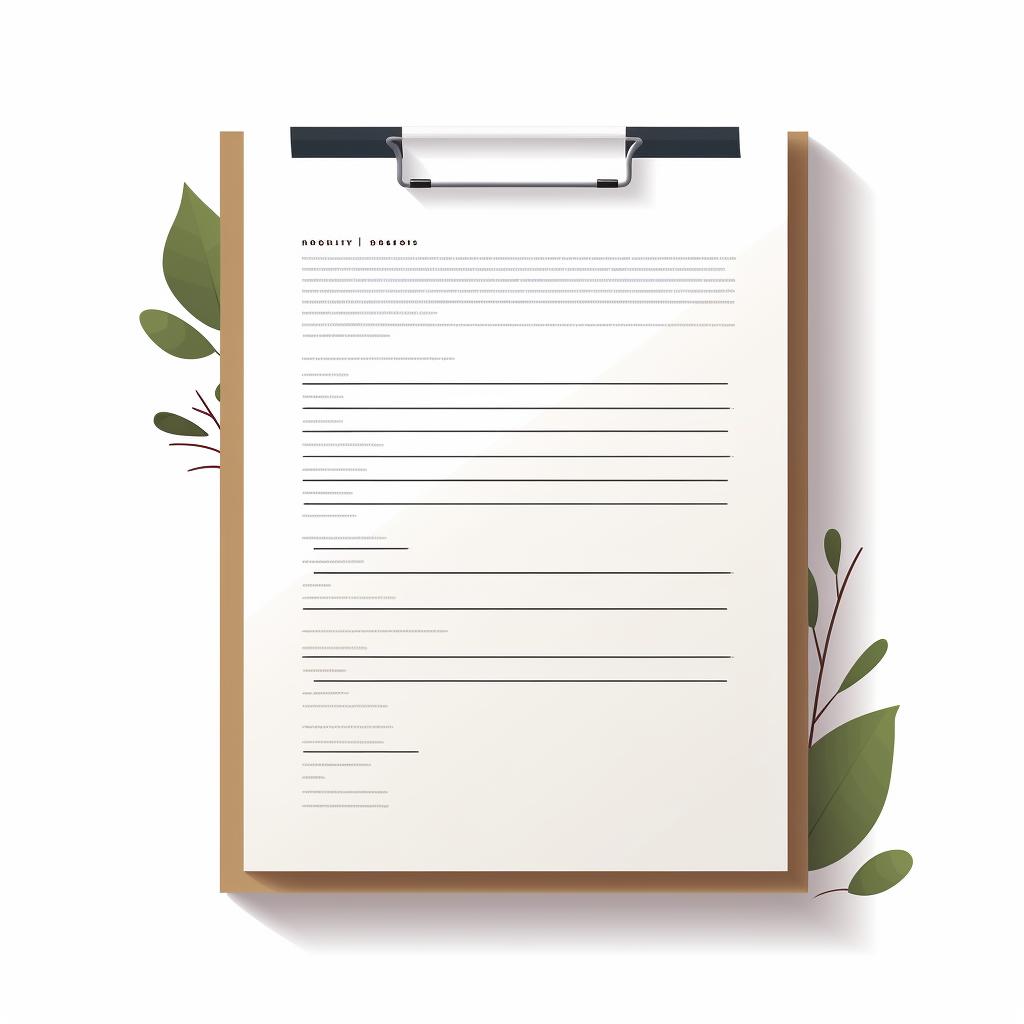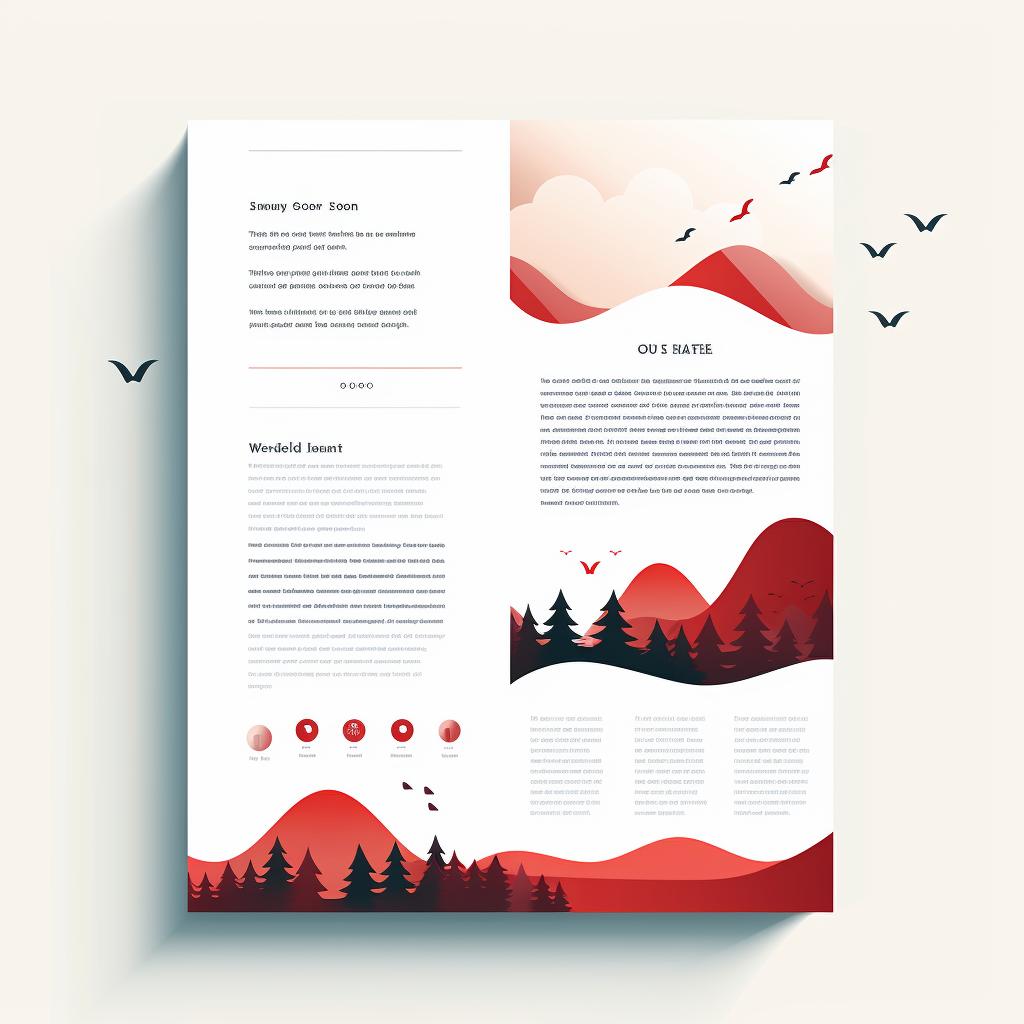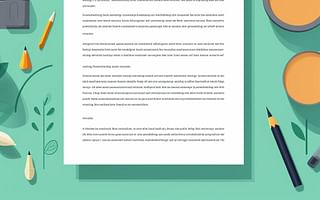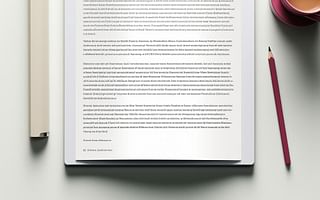Mastering the Art of Essay Formatting 📝
Mastering the art of essay formatting is a crucial skill for any student or professional writer. Our step-by-step guide above provides a comprehensive walkthrough of the key aspects of essay formatting. But let's delve deeper into why these steps are essential and how they contribute to the overall quality of your work.
Choosing the right font is not just about aesthetics. It's about readability and professionalism. Fonts like Times New Roman, Arial, and Calibri are widely accepted in academic and professional settings. They are easy on the eyes and make your work look polished and professional. For more tips on how to structure your essay, check out our guide on the structure of a 500-word essay.
Setting the right margins and spacing are equally important. They create a clean frame for your text and make it easier to read. Remember, your essay is not just about content, but also presentation. A well-formatted essay shows you care about your work and respect the reader's time. For more insights, read our article on balancing information and engaging writing.
Indentation plays a crucial role in visually separating your thoughts, making your essay more digestible. Each new paragraph represents a new idea or point, and indentation signals this shift to your reader. For a more detailed guide on paragraph structuring, refer to our guide on formulating an effective essay outline.
Never underestimate the power of page numbers and headers. They keep your pages in order and guide the reader through your essay. If you're using APA format, our comprehensive guide on APA format headers can be a great resource.
Finally, a well-structured title page gives the reader their first impression of your essay. It should include essential details like your essay's title, your name, your teacher's name, the course, and the date. For more tips on creating an engaging title page, check out our article on designing an attention-grabbing first impression.
Remember, mastering essay formatting is a journey. But with practice and the right resources, you can create beautifully formatted essays that stand out for their content and presentation. Happy writing!

